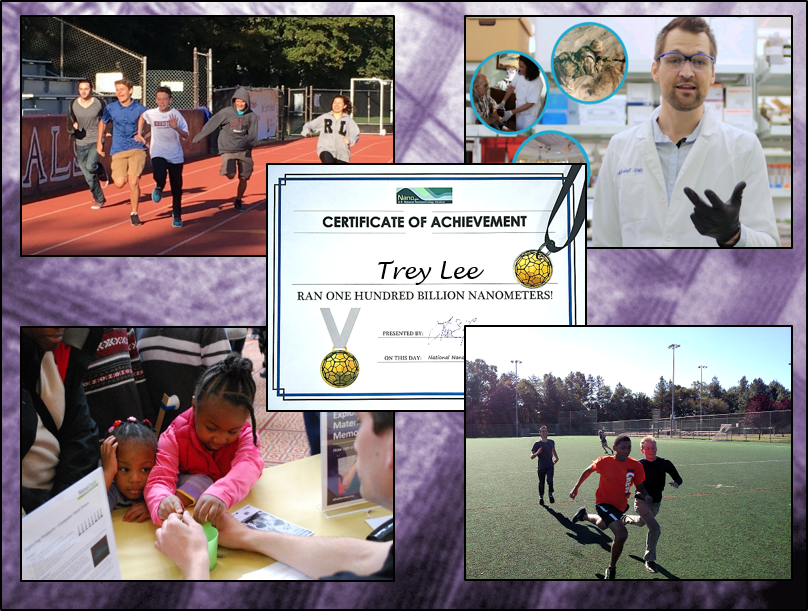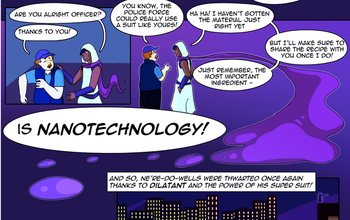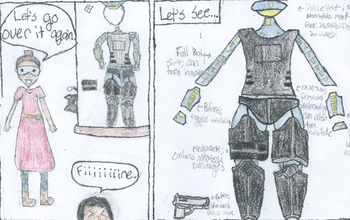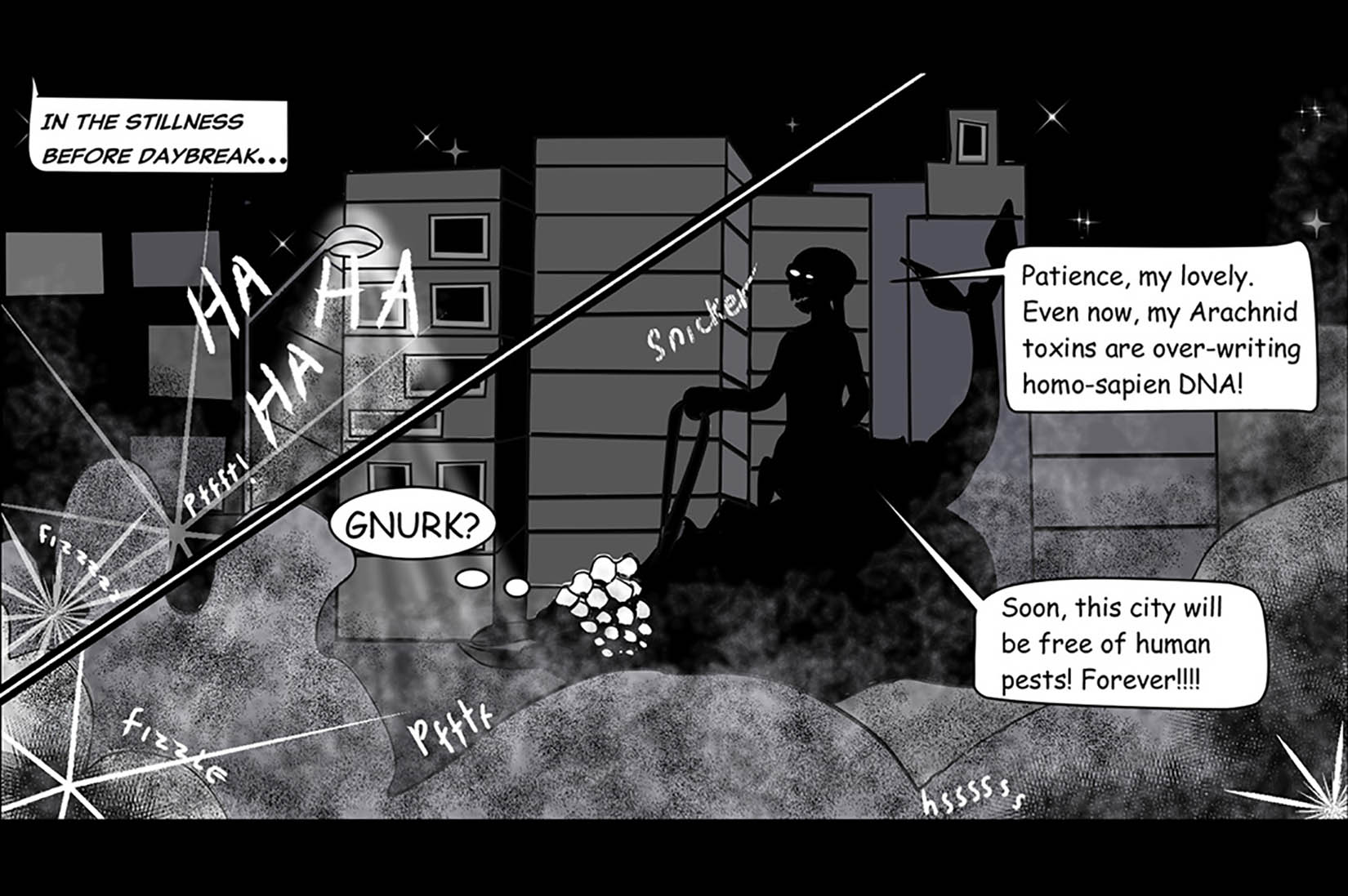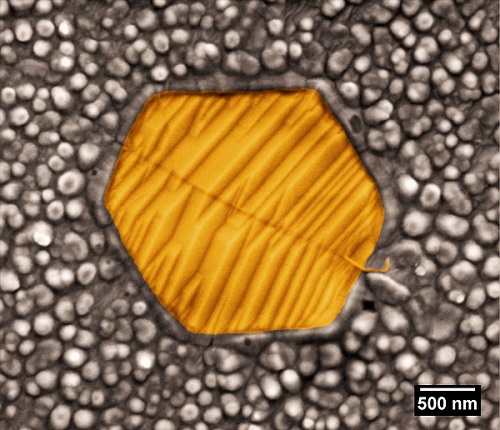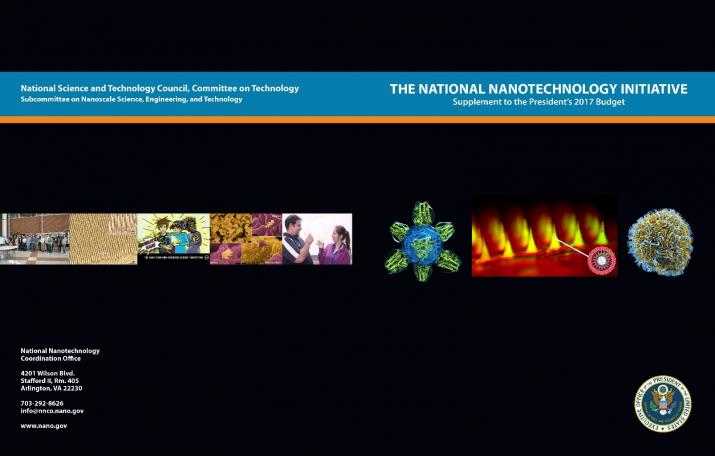The US National Nanotechnology Initiative (NNI) was signed into existence by then US President Bill Clinton in 2000 (one of his last official acts while still in office) but it was then US President George W. Bush who signed the 21st Century Nanotechnology Research and Development Act in 2003. My understanding is the act gave the NNI a more permanent status.
In any event it’s the 20th anniversary of the 2003 signing of the act as noted in a December 6, 2023 posting by : Lynn L. Bergeson and Carla N. Hutton on the National Law Review blog, Note: A link has been removed,
The White House Office of Science and Technology Policy (OSTP) and the National Nanotechnology Coordination Office (NNCO) announced on December 4, 2023, a series of events to drive U.S. leadership in nanotechnology, in celebration of the 20-year anniversary of the 21st Century Nanotechnology Research and Development Act. The announcement notes that for the past two decades, the National Nanotechnology Initiative (NNI) “has worked with more than 20 departments and agencies to advance a vision to understand and control matter at the nanoscale, for the benefit of society.” …
A December 4, 2023 White House Office of Science and Technology Policy (OSTP) news release announced the 20th anniversary and celebrations, Note: Links have been removed,
In celebration of the 20-year anniversary of the 21st Century Nanotechnology Research and Development Act, the White House Office of Science and Technology Policy (OSTP) and the National Nanotechnology Coordination Office (NNCO) are announcing a series of events to drive U.S. leadership in nanotechnology.
For the past two decades, the National Nanotechnology Initiative (NNI) has worked with more than 20 departments and agencies to advance a vision to understand and control matter at the nanoscale, for the benefit of society. Coordination across the government has allowed Americans to safely enjoy the benefits of nanotechnology, which has led to revolutions in technology and industry, including faster microchips, powerful mRNA vaccines, and clean energy technologies. Meanwhile, carbon nanotubes have improved the power and lifecycle of batteries; quantum dots make flat screen TVs more vibrant; and nanoparticles allow for faster medical diagnostics.
“Over the years, the NNI has dynamically and responsibly responded to the needs of the country,” said Dr. Branden Brough, Director of NNCO, which coordinates the NNI. “The initiative is a model for collaborative and thoughtful technology development, while supporting the rapid development of other emerging fields by creating the infrastructure and workforce development programs that bolster these growing industries.”
The NNI community will host a symposium on March 5, 2024 [emphasis mine] at the National Academies of Sciences, Engineering, and Medicine in Washington, D.C., to recognize the impact of research and development at the nanoscale and plan the NNI’s promising future. The event is open to the public. …
This week, as we celebrate the Act’s signing, the NNCO will release a series of reports and stories that illustrate the impact of the NNI. This includes readouts from the Nano4EARTH roundtable discussions [emphasis mine] about applying nanotechnology solutions to address climate change, such as surface technologies, new batteries and energy storage solutions, and greenhouse gas capture approaches. Also, the NNCO will highlight a new independent study [emphasis mine] about how the U.S. nanotechnology community contributes tens of billions of dollars—and potentially hundreds of billions of dollars—to the economy each year. And, to highlight the importance of this growing field, NNCO will feature the stories of early-career scientists who represent the promising future of nanotechnology.
Additional events will be held during the coming months, including science cafes across the country, activities at local museums, and podcasts and articles in the media. For more information about these activities, visit the NNI website.
The report/study
The independent study (Economic Impact Analysis: 20 Years of Nanotechnology Investments, 2002 – 2022) mentioned in the OSTP news release was launched on December 5, 2023 and highlighted here in a January 2, 2024 posting.
The symposium
Here’s a poster of the March 5, 2024 symposium celebrating the 20th anniversary of the act,
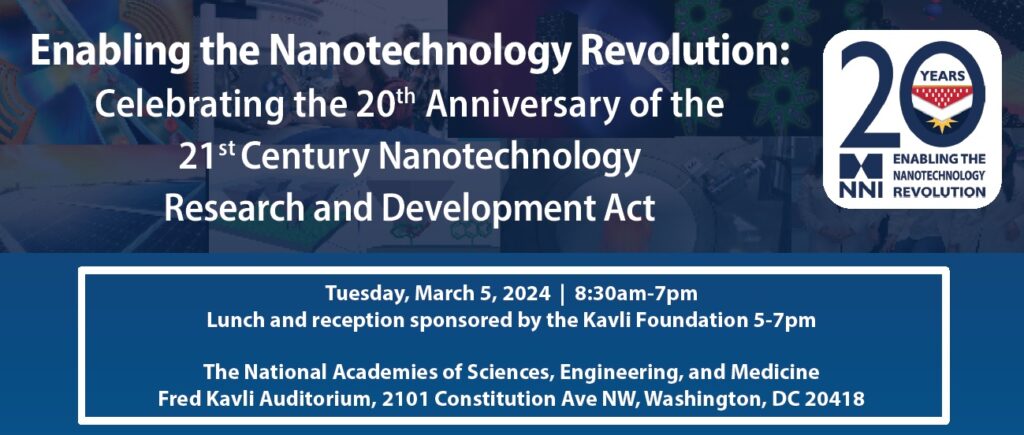
There’s a registration page where you can register for the in-person symposium and find more information about the speakers. I thought introduction and agenda from the registration page might be of interest, Note: A link has been removed,
Scientists and engineers across many fields and disciplines are united by their work at the nanoscale. Their diverse efforts have helped produce everything from faster microchips to powerful mRNA vaccines. The transformative impact of this work has been spurred by the coordination and focus on U.S. nanotechnology established by the 21st Century Nanotechnology Research and Development Act in 2003. Celebrating such a broad impact and envisioning the future can be quite challenging, but this event will bring together voices from across the emerging technology landscape. There will be experts who can speak on the importance of nanotechnology in quantum engineering, optics, EHS, plastics, DEIA, microelectronics, medicine, education, manufacturing, and more. We can’t predict what will emerge from this lively discussion between researchers, policymakers, members of industry, educators, and the public, but the conversation can only benefit from including more diverse perspectives – especially yours.
AGENDA
8:30-9:00 Coffee and refreshments
9:00-9:05 Welcome and Introduction
9:05-9:30 Policy Perspectives #1
9:30-10:15 Morning Keynote
10:15-10:45 Coffee Break
10:45-11:30 Panel: Responsible Development
11:30-12:15 Panel: Fundamental Research
12:15-1:15 Lunch, Poster Session, and Networking
1:15-1:45 Policy Perspectives #2
1:45-2:30 Keynote Panel: The Future of Nanotechnology
2:30-3:15 Panel: Workforce Development
3:15-3:45 Break
3:45-4:30 Panel: Infrastructure
4:30-5:15 Panel: Commercialization
5:15-6:00 Closing Keynote
6:00-7:00 Reception Sponsored by the Kavli Foundation
No details about exactly what is being discussed but it certainly seems like it will be a busy day.
Nano4EARTH
I found the OSTP news release a little confusing with regard to the “readouts from the Nano4EARTH roundtable discussions” but here’s how the Nano4EARTH (Climate Change National Nanotechnology Challenge) webpage describes its upcoming workshop and roundtables,
Click here for information about the Nano4EARTH Kick-off hybrid workshop, to be held in Washington, DC and online on Jan. 24–25, 2023.
Nano4EARTH Roundtable Discussions
The Nano4EARTH roundtable discussions aim to identify fundamental knowledge gaps, needs, and opportunities to advance current energy efficiency, sustainable development, and climate change goals. By convening stakeholders from different sectors, backgrounds, and expertise, the goals of these roundtables are to identify applicable lessons across the spectrum of technologies, discuss system-specific needs, scalability and commercialization challenges, and potential paths forward.
The topics of the roundtables were identified at the Nano4EARTH Kick-off Workshop as particularly promising areas that could have an impact in a short time frame (four years or less).
Roundtables:
Coatings, Lubricants, Membranes, and Other Interface Technologies
Roundtable Information, Discussion Summary
Batteries and Energy Storage
Roundtable Information, Discussion Summary
Capture, Storage, and Use of Greenhouse Gases
Roundtable Information, Discussion Summary
Nano4EARTH Roundtable Discussion on Catalysts (January 24, 2024)
Other celebrations around the country
There’s this December 11, 2023 notice from the “Celebrating nanotechnology around the country” webpage on the NNI website,
In celebration of the 20-year anniversary of the signing of the 21st Century Nanotechnology Research and Development Act, which codified the National Nanotechnology Initiative, the National Nanotechnology Coordination Office is showing its appreciation for the many organizations across the country that have put together engagement events with the general public to raise awareness about nanotechnology.
Such events (compiled by the National Informal STEM Education (NISE) Network) include:
Nanotechnology Day Activities in Arizona
Family Science Nights in Greensboro, NC
Celebrating 45 Years of Nanoscale Research at the Cornell Nanoscale Science and Technology Facility
Twenty Years of Nanotechnology! Opportunity to engage your community with NanoDays activities
The end
Chad Mirkin at Northwestern University (Chicago, Illinois, US) who’s a pretty big deal in the nanomedicine field wrote an October 29, 2021 introductory essay for Scientific American,
A Big Bet on Nanotechnology Has Paid Off
The National Nanotechnology Initiative promised a lot. It has delivered more
We’re now more than two decades out from the initial announcement of the National Nanotechnology Initiative (NNI), a federal program from President Bill Clinton founded in 2000 to support nanotechnology research and development in universities, government agencies and industry laboratories across the United States. It was a significant financial bet on a field that was better known among the general public for science fiction than scientific achievement. Today it’s clear that the NNI did more than influence the direction of research in the U.S. It catalyzed a worldwide effort and spurred an explosion of creativity in the scientific community. And we’re reaping the rewards not just in medicine, but also clean energy, environmental remediation and beyond.
Before the NNI, there were people who thought nanotechnology was a gimmick. I began my research career in chemistry, but it seemed to me that nanotechnology was a once-in-a-lifetime opportunity: the opening of a new field that crossed scientific disciplines. In the wake of the NNI, my university, Northwestern University, made the strategic decision to establish the International Institute for Nanotechnology, which now represents more than $1 billion in pure nanotechnology research, educational programs and supporting infrastructure. Other universities across the U.S. made similar investments, creating new institutes and interdisciplinary partnerships.
…
He’s a little euphoric but his perspective and the information he offers is worth knowing about.
